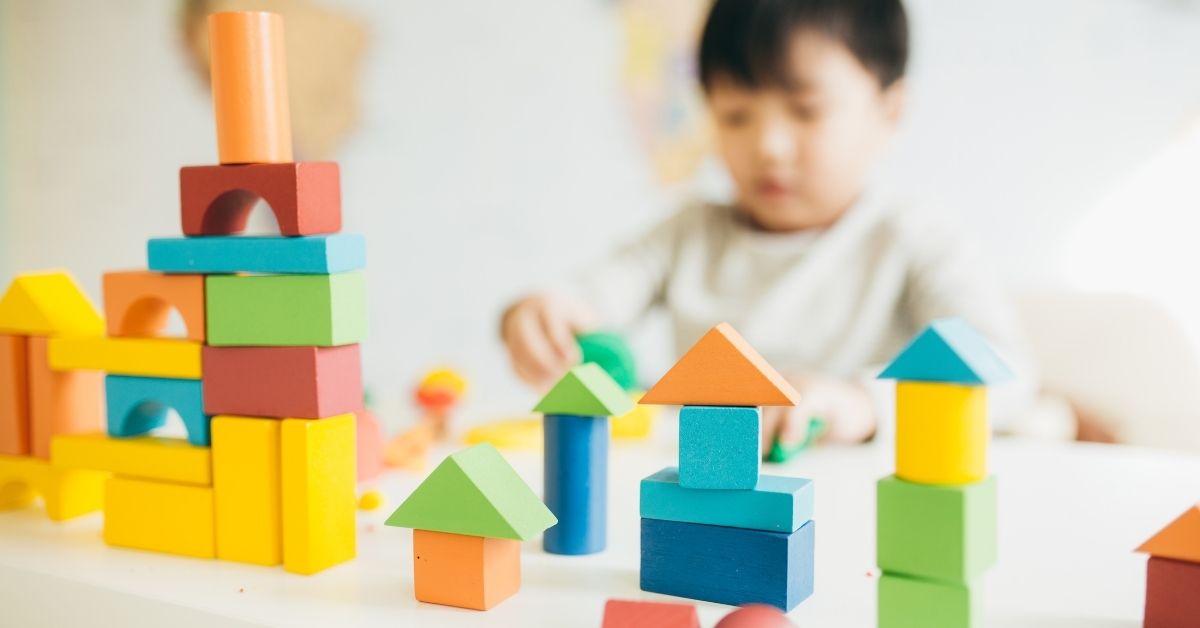Lifelong learning is an invaluable skill that equips children with the curiosity and resilience to continuously seek knowledge throughout their lives. As the world evolves with rapid technological advancements and ever-changing career landscapes, fostering a mindset of continuous learning from an early age has become more important than ever.
This article explores how to inspire a love for learning in children, strategies for parents and educators, and the long-term benefits of nurturing a growth mindset. Whether it's through play, exploration, or formal education, encouraging lifelong learning ensures children develop the critical thinking, problem-solving, and adaptability needed for success in the modern world.
Understanding Lifelong Learning
A. What Is Lifelong Learning?
Lifelong learning refers to the ongoing, voluntary pursuit of knowledge for personal or professional reasons. It goes beyond formal education and encompasses a love for discovering new ideas, skills, and experiences throughout one’s life.
For children, lifelong learning is less about mastering specific subjects and more about nurturing an inquisitive mindset. It involves encouraging them to ask questions, explore various interests, and view challenges as opportunities to grow.
B. Why Is It Important to Start Early?
Research shows that early childhood is a critical time for brain development, making it an ideal period to foster an enthusiasm for learning. Children are naturally curious and open to new experiences, so this early stage is key to instilling a love of learning that can last a lifetime. Children who learn to appreciate the process of learning will be more likely to pursue education and personal growth well into adulthood.
The Benefits of Lifelong Learning for Children
A. Cognitive Development and Critical Thinking: Lifelong learning boosts cognitive development in children by strengthening their ability to process information, solve problems, and think critically. Engaging in a wide variety of learning experiences helps them connect different pieces of knowledge, making them more adaptable and innovative thinkers.
B. Emotional and Social Growth: Lifelong learners tend to be more emotionally intelligent. The curiosity and flexibility they develop lead to a better understanding of themselves and others. They are often better equipped to handle challenges, cope with failure, and collaborate with peers.
C. Adaptability in a Changing World: In a world where career landscapes and societal expectations are constantly evolving, the ability to adapt is crucial. Lifelong learners are more likely to embrace change, acquire new skills, and remain competitive in diverse fields as they grow older.
Strategies to Encourage Lifelong Learning in Children
A. Foster Curiosity Through Exploration: Children are naturally curious about the world around them. As parents or educators, one of the best ways to encourage lifelong learning is by allowing them to explore freely. This could involve taking nature walks, visiting museums, or participating in science experiments. Providing hands-on experiences sparks their curiosity and encourages them to ask questions, laying the foundation for independent learning.
B. Model a Love for Learning: Children learn by observing adults around them. When parents and teachers model a passion for learning—whether it's reading a book, trying a new hobby, or exploring a creative project—children are more likely to emulate that behavior. Discussing your own learning experiences and sharing what excites you can inspire children to engage in similar pursuits.
C. Encourage a Growth Mindset: A key element of lifelong learning is a growth mindset—the belief that abilities and intelligence can be developed through effort and persistence. Praise children for their efforts rather than their innate abilities. Encourage them to view challenges and failures as learning opportunities, reinforcing that mistakes are part of the learning process.
D. Provide Opportunities for Independent Learning: Let children take the reins of their own learning experiences by allowing them to pursue their interests and passions. Whether it's through project-based learning, hobbies, or extracurricular activities, independent learning builds confidence and autonomy. It also fosters a sense of ownership over their educational journey.
E. Create a Learning-Friendly Environment: Design a home or classroom environment that encourages curiosity and exploration. Provide access to books, educational toys, art supplies, and digital learning tools. A learning-friendly space fosters creativity and ensures that children have the resources they need to engage with different subjects and ideas.
F. Integrate Play and Learning: Learning doesn’t have to be limited to formal education. Incorporating play into learning helps children develop cognitive and social skills while having fun. Games, puzzles, building blocks, and role-playing activities all encourage children to think critically and explore new concepts. Play-based learning makes the process enjoyable, reducing resistance to learning.
G. Set Goals and Celebrate Progress: Setting small, achievable learning goals can motivate children to continue pursuing their interests. Whether it's learning to play an instrument or mastering a new math concept, breaking tasks into manageable steps and celebrating progress reinforces the joy of learning and builds a sense of accomplishment.
Role of Parents and Educators in Fostering Lifelong Learning
A. Being a Learning Guide: Rather than dictating what a child should learn, parents and educators should act as guides, helping children discover their own learning paths. Encouraging questions, providing diverse learning materials, and offering support without taking over allows children to feel empowered and excited about their education.
B. Balancing Structure and Flexibility: While routines and structured learning are important, it’s equally crucial to leave room for flexibility. Giving children the freedom to explore subjects of interest at their own pace ensures they remain engaged and motivated. A balance between structure and flexibility helps nurture creativity while providing the guidance needed to stay on track.
C. Integrating Technology Mindfully: Incorporating digital tools like educational apps, online courses, and e-books can enrich learning experiences. However, it’s important to use technology mindfully to avoid over-reliance on screens. When used thoughtfully, digital resources can enhance learning, offering interactive ways to engage with information and explore topics in depth.
Overcoming Challenges to Lifelong Learning
A. Addressing Academic Pressure: In some cases, the pressure to excel academically can undermine a child’s love of learning. To counter this, focus on the joy of discovery rather than solely on grades or performance. Helping children find intrinsic motivation will encourage them to pursue knowledge out of curiosity rather than obligation.
B. Managing Learning Resistance: Children may resist learning when it feels forced or disconnected from their interests. To overcome this, try to align learning activities with what they naturally enjoy. For example, if a child loves animals, use that interest to explore biology or environmental science. Making learning relevant to their passions helps rekindle enthusiasm.
C. Nurturing Patience and Persistence: Lifelong learning requires patience and persistence, both of which can be difficult for children to develop. Teaching them to embrace the process of learning—even when it’s challenging—will instill resilience. Encourage children to stick with subjects even when they encounter difficulties, highlighting the rewards that come from perseverance.
Conclusion
Encouraging lifelong learning in children is one of the most valuable gifts parents and educators can offer. By fostering curiosity, promoting a growth mindset, and providing opportunities for exploration, children can develop the skills and attitudes they need to thrive in an ever-changing world. Lifelong learners are not only more adaptable and capable but also more fulfilled and engaged with the world around them. In an age where knowledge and skills are constantly evolving, raising children with a love for learning will set them on a path of endless growth and discovery.








